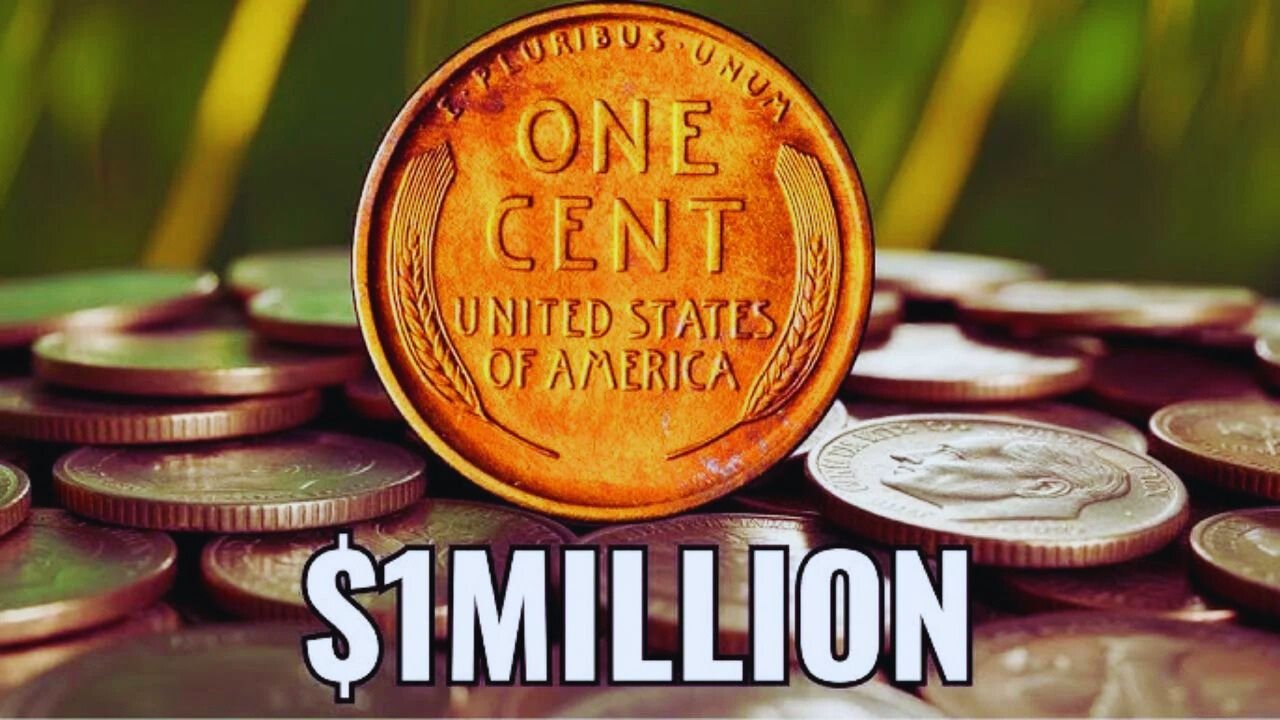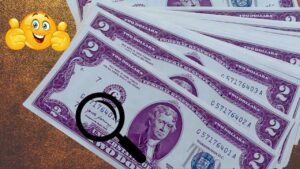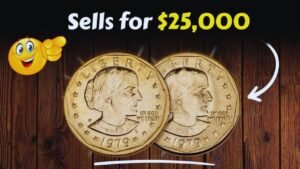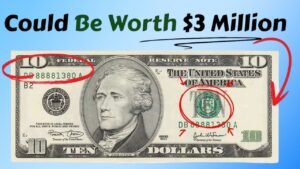Ever wondered if that old penny in your pocket could make you rich? Wheat pennies, those iconic Lincoln cents from 1909 to 1958, might just hold the key to a life-changing fortune. With their classic wheat stalk design, some rare coins have sold for over $1 million at auctions. Let’s dive into the world of wheat pennies, uncover their value, and learn how to spot a jackpot in your change.
What Are Wheat Pennies?
Wheat pennies are Lincoln cents minted by the U.S. Mint between 1909 and 1958. They feature Abraham Lincoln’s portrait on the front and two wheat stalks on the back. Billions were made, so most are worth just a few cents. However, rare varieties caused by minting errors or limited production can fetch thousands or even millions. With coin collecting booming in 2025, these coins are sparking treasure hunts everywhere.
Why Are They Special?
Certain wheat pennies stand out due to minting mistakes or low production numbers. During World War II, the U.S. changed penny materials to save copper, leading to rare errors. These mistakes created coins that collectors now chase, driving their value sky-high. Finding one could pay off your mortgage or fund a dream vacation.
The Most Valuable Wheat Pennies
Some wheat pennies are worth more than gold due to their rarity. Below is a table of the top rare wheat pennies, their descriptions, and their record-breaking auction values (based on excellent condition).
| Year & Mint | Description | Top Auction Value |
|---|---|---|
| 1943-S | Bronze error | $1,000,000 |
| 1943-D | Bronze error | $1,700,000 |
| 1944-S | Steel error | $1,100,000 |
| 1943 (No Mint) | Bronze error | $1,000,000 |
| 1955 | Doubled Die | $125,000 |
Why Are These Pennies So Valuable?
During 1943, pennies were made from zinc-coated steel to save copper for the war. A few bronze pennies were accidentally minted, creating ultra-rare coins. In 1944, the Mint returned to copper, but some steel pennies were mistakenly produced. The 1955 Doubled Die penny, with its distinct doubled lettering, is another collector’s favorite. Condition matters—uncirculated coins fetch the highest prices.
How to Identify a Rare Wheat Penny
Spotting a valuable wheat penny is easier with the right steps. Here’s how to check your coins like a pro:
- Check the Date and Mint Mark: Look for the year and a small letter (D for Denver, S for San Francisco) under the date. No letter means it’s from Philadelphia.
- Examine the Material: Use a magnifying glass. Bronze pennies from 1943 or steel pennies from 1944 are rare. Bronze has a coppery shine; steel looks silvery.
- Look for Errors: Check for doubled lettering, misprints, or unusual marks. The 1955 Doubled Die is a famous example.
- Use Tools: Apps like PCGS CoinFacts or NGC Coin Explorer can help compare your penny to known rarities.
- Get It Appraised: If you suspect a rare find, visit a professional coin dealer or appraiser. Beware of fakes!
Tools You’ll Need
- A magnifying glass or jeweler’s loupe (10x magnification works well).
- A coin reference book, like the Red Book by R.S. Yeoman.
- A smartphone app for quick coin identification.
- Protective coin holders to preserve your finds.
Real-Life Stories of Million-Dollar Finds
Ordinary people have struck gold with wheat pennies. In the 1940s, a teenager found a 1943 bronze penny in his lunch change. Decades later, it sold for $200,000. In 2010, a 1943-D bronze penny fetched $1.7 million at auction, bought by a wealthy collector. Recently, a 1944-S steel penny went for $1.1 million to a sports team owner. With only a few of these coins still unaccounted for, your attic or grandma’s coin jar might hold a fortune.
Why 2025 Is the Year to Hunt
Rising interest in collectibles, fueled by TV shows and social media, has made wheat pennies hotter than ever. Inflation is pushing auction prices higher, and fewer rare coins remain in circulation. Every penny you check could be a ticket to financial freedom.
Tips to Start Your Wheat Penny Hunt
Ready to find your own treasure? Follow these tips to kickstart your search:
- Sort Your Coins: Check loose change, old jars, or inherited collections for wheat pennies.
- Join Coin Communities: Online forums like Reddit’s r/coins or local coin clubs offer tips and support.
- Learn the Ropes: Invest in a guide like A Guide Book of Lincoln Cents for detailed info.
- Store Safely: Use acid-free holders or albums to protect your coins’ condition.
- Stay Patient: Not every penny is a winner, but the hunt is thrilling.
Where to Look for Wheat Pennies
- Coin rolls from banks (ask for “customer-wrapped” rolls).
- Flea markets, estate sales, or antique shops.
- Family heirlooms or old piggy banks.
- Online marketplaces (but verify authenticity).
FAQs About Wheat Pennies
1. What makes a wheat penny valuable?
Rare wheat pennies are valuable due to minting errors, like bronze pennies from 1943 or steel pennies from 1944, or low production numbers. Condition also plays a big role—uncirculated coins are worth more.
2. How can I tell if my penny is bronze or steel?
Bronze pennies have a coppery, reddish shine and don’t stick to a magnet. Steel pennies are silvery and magnetic. Use a magnifying glass to confirm the year and material.
3. Where can I sell a rare wheat penny?
Take your penny to a reputable coin dealer or appraiser first. For high-value coins, consider auction houses like Heritage Auctions or Sotheby’s. Online platforms like eBay work, but ensure authenticity.
4. Are all wheat pennies worth a lot?
No, most wheat pennies are worth a few cents. Only specific error coins or those in pristine condition fetch high prices. Always check the date, mint mark, and material.
5. How do I avoid fake wheat pennies?
Fakes are common. Look for red flags like odd weight or poor details. Get your coin authenticated by services like PCGS or NGC before selling or buying.
Conclusion: Start Your Treasure Hunt Today
Wheat pennies are more than just old coins—they’re potential tickets to a fortune. With some knowledge and a keen eye, you could uncover a rare penny worth thousands or even millions. Check your change, dig through old collections, and join the growing community of coin hunters. The next million-dollar penny might be hiding in your pocket. Start your search today and turn spare change into life-changing wealth!




